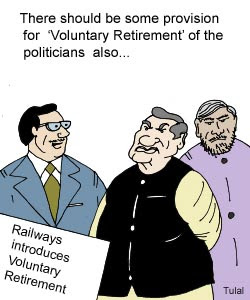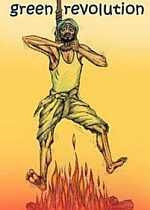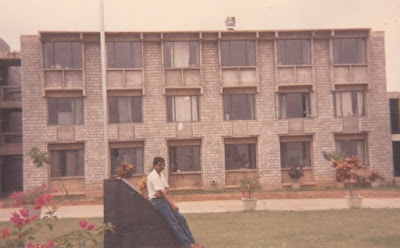The start studded IPL T20 match between Kolkata Knight Riders and Deccan Chargers ended on a favourable note for the parochial Bengal residents yesterday with matinee idol Sharukh Khan’s team scoring the winning runs in the deciding over. King Khan who invested 300 crores to own the Knight Riders was at the Eden Gardens with his friends , the Bollywood stars and the Gandhi siblings , to dance and cheer the team to victory. Nearly 90000 people turned out for the match , both old and young, on a Sunday afternoon for an unprecedented television spectacle. Of slam-bang cricket, bollywood entertainment and the likes. It did not matter that majority would not have been able to distinguish an off-cutter from an out-swinger. The fours and sixes, hit during the match, were sufficient enough to galvanise the crowd on their feet. Its results that matter and no body has any time or inclination to understand the nuances of the game. Unfortunately, their local hero, Sourav Ganguly was out for a paltry score . But that did not prove to be a dampener. At least he was playing in the match at Eden and as a captain.
Two and a half years back, of course, the same crowd had lustily cheered the South Africans in a one day match against India only because Dada Sourav was “unjustly” left out of the team. Bengal had shown then ,that when it comes to dealing with injustice meted out to their heroes, they will not mind staging a protest even if that is against the national interest. This is a culture that has been ingrained into a bengali’s psyche by the communist dadas ( or should be say “babas”) of Bengal. The first 20 years of their rule, the communists have disguised their incompetence (of not being able to generate any vibrancy in economy ) by railing against the injustice committed by the central government. The culture of protest is now in the blood of one generation of people, who were born and brought up under the communist rule.
The same protest culture is in display today but by a different party. The opposition parties have called a bandh today. No body cares or knows the reason behind the bandh. A bandh is meant to be observed as a holiday. And a holiday it is. From the airports & railway stations to road transport, factories and offices. University examinations are cancelled, social events like marriages have been postponed by weary residents. Shops and establishments are closed.
No political party knows how to get Bengal out of the impasse that it finds today. Least of all the thinkers and the ideologues of this “literate” state. The system is too powerful for anybody to swim against the tide. But, be rest assured , that useless lectures on protest will be mouthed by all leading politicians when it comes to hogging the limelight in front of the national media.
Who says that time never stops ticking?
In truly communist Bengal, it does during a bandh when all people equally share the misery of disruption of all economic & social activities.









